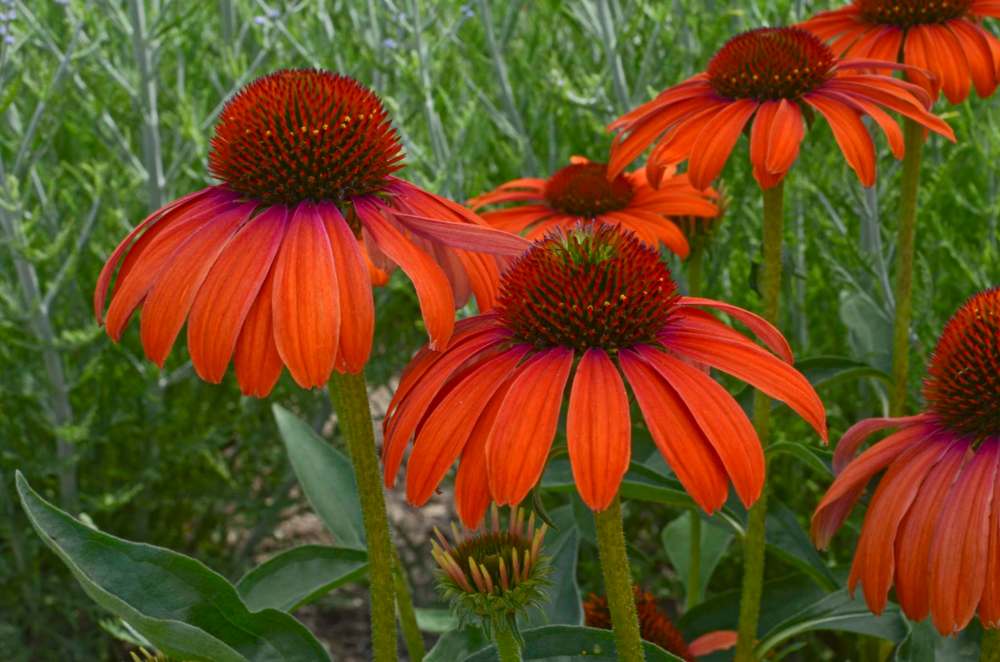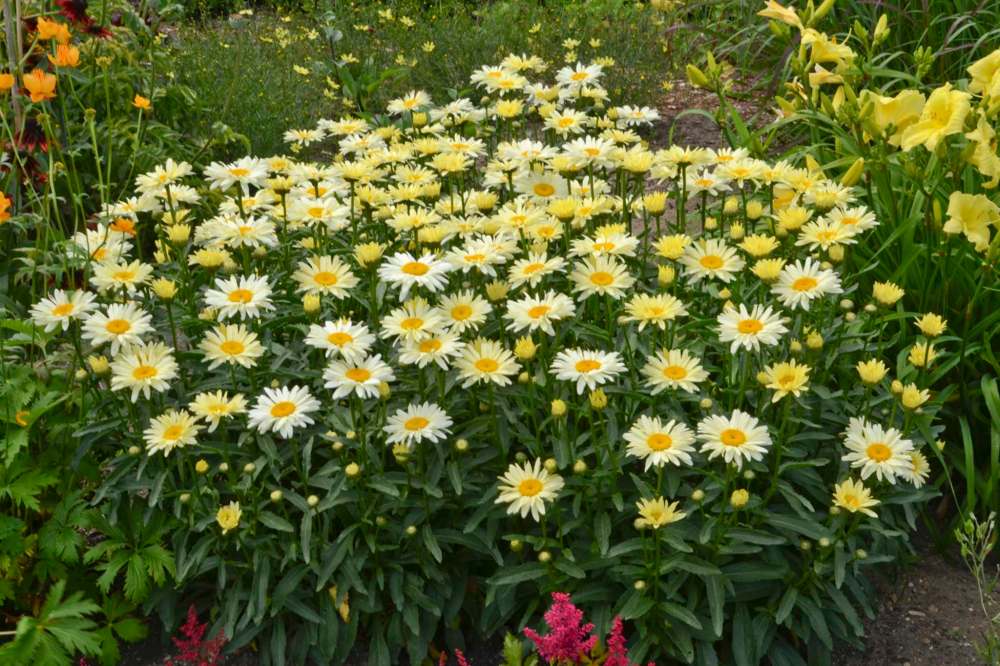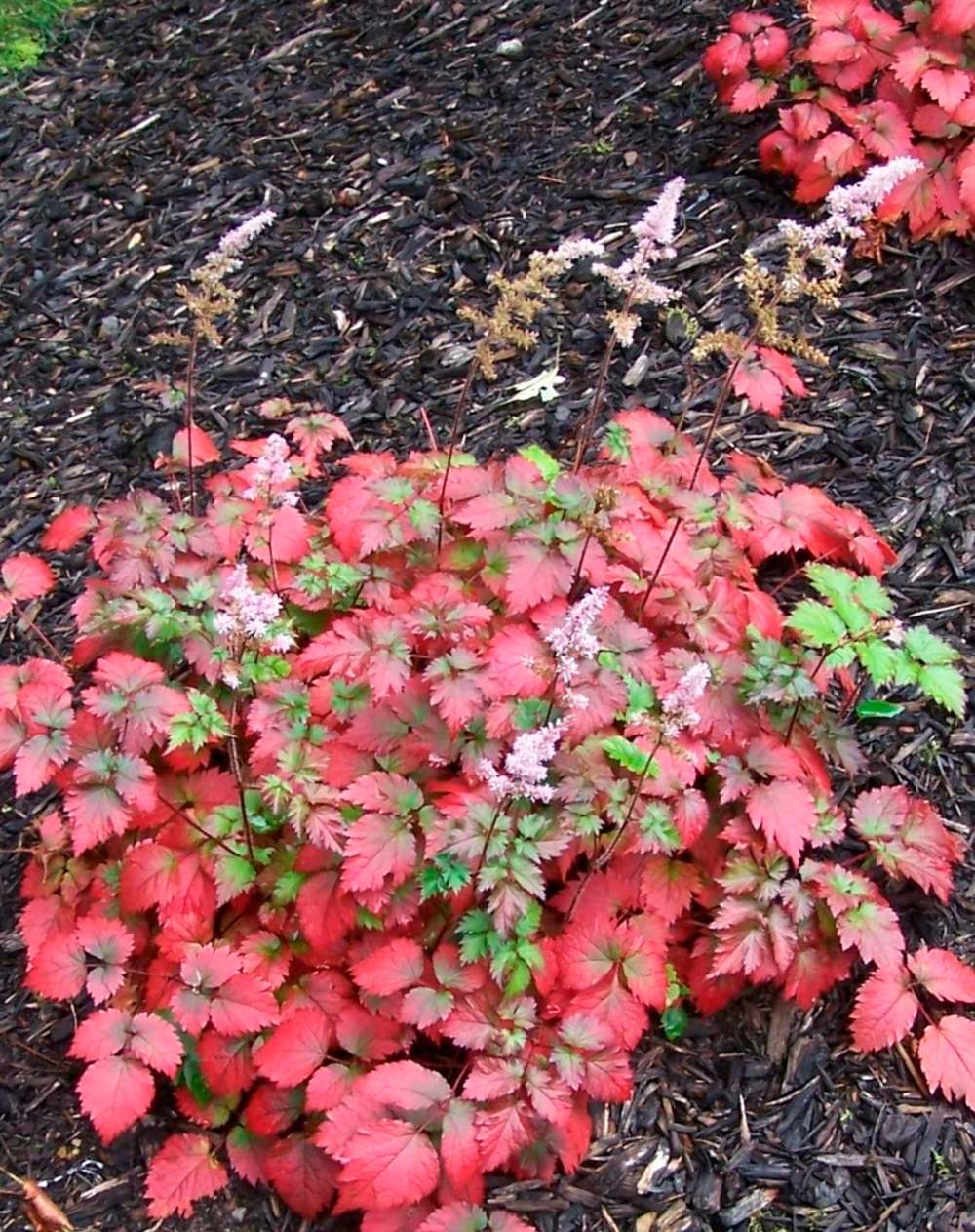Perennial all-stars
Match a plant's needs to a particular growing site for continued success / F17
Advertisement
Read this article for free:
or
Already have an account? Log in here »
To continue reading, please subscribe:
Monthly Digital Subscription
$1 per week for 24 weeks*
- Enjoy unlimited reading on winnipegfreepress.com
- Read the E-Edition, our digital replica newspaper
- Access News Break, our award-winning app
- Play interactive puzzles
*Billed as $4.00 plus GST every four weeks. After 24 weeks, price increases to the regular rate of $19.00 plus GST every four weeks. Offer available to new and qualified returning subscribers only. Cancel any time.
Monthly Digital Subscription
$4.75/week*
- Enjoy unlimited reading on winnipegfreepress.com
- Read the E-Edition, our digital replica newspaper
- Access News Break, our award-winning app
- Play interactive puzzles
*Billed as $19 plus GST every four weeks. Cancel any time.
To continue reading, please subscribe:
Add Winnipeg Free Press access to your Brandon Sun subscription for only
$1 for the first 4 weeks*
*$1 will be added to your next bill. After your 4 weeks access is complete your rate will increase by $0.00 a X percent off the regular rate.
Read unlimited articles for free today:
or
Already have an account? Log in here »
Hey there, time traveller!
This article was published 16/04/2016 (3454 days ago), so information in it may no longer be current.
If you’re like me, you’ve already been peeking under layers of mulch or flax straw checking for the first signs of life from your perennials. Some plant varieties seem harder to grow than others. Popular species that can be challenging to grow include bugbane (cimicifuga), Shasta daisy (leucanthemum superbum), coral bells (heuchera), coneflower (echinacea), brunnera, astilbe, and tickseed (coreopsis).
Yet, are these really temperamental? While there may be less demanding choices, most of us are willing to reinvent our approach in order to keep our prize perennials growing beautifully and to indulge in new and exciting varieties each spring. For a perennial’s best performance and longevity, good cultural care and proven hardiness is foremost.

First, perennials don’t live forever. Like people, they have a lifespan. Cimicifuga, for example, is a long-lived hardy perennial that, once established, can grow in a garden for more than 10 years.
It’s important to match a plant’s needs to a particular growing site. Cimicifuga, a shade loving plant, has a preference for mildly acidic soil with plenty of organic matter that includes peat moss and rotted leaves. It likes its roots kept cool and moist and good drainage is essential. One variety, Brunette, is an elegant beauty with tall slender stems, deeply cut purplish-black leaves and pinkish-white candle-like flower spikes.
Shasta daisy is a shorter-lived, sun-loving perennial although its life span can be extended by dividing its clumps every few years. Becky is one of the best known varieties. Banana Cream, a variety that may be closer to zone 4 hardiness, is as delicious looking as it sounds. Its large blooms, bright lemon yellow when they first open, lighten to a creamy white, blooming from July to September. Shasta daisies will not tolerate wet or poorly drained soils. A location with good drainage is particularly important since Shasta daisies won’t tolerate wet or poorly drained soils. Mulching heavily in winter can cause crown rot. Crowns, instead, should be loosely covered with whole leaves, pine needles, or evergreen boughs once the ground is frozen.
Hugh Skinner, author and horticulturist, grows a wide variety of hardy plants near Roblin, Manitoba. Prior to planting a perennial in his garden, Skinner takes into consideration a plant’s native habitat as a starting point for what it needs in order to survive. If a plant’s native habitat, for example, is damp grassy fields or damp woods, avoid planting it in a dry location.
Skinner says that native varieties of Echinacea purpurea and Echinacea pallida grow well in the dry, sandy soil of Neepawa and Carberry. Echinacea angustifolia, a native wildflower variety with narrow leaves, also thrives in dry, sandy soil. Yet we snap up all of the newest hybrids, some of which may have been bred with less hardy Echinacea paradoxa, and plant them in our Red River gumbo.
One characteristic of Echinacea, or coneflower as it is commonly called, is that it is tolerant of poor soil. Skinner says that we can improve our chances of growing coneflower by planting it in a sunny location with very well-drained soil. An adaptable plant, it is important to avoid planting coneflower in too-rich soil with excess fertilizer which only results in minimal flowering. Although drought tolerant once established, coneflower should be watered thoroughly during extended dry periods.
Aubin Nurseries is carrying Julia, a hybrid coneflower with fragrant, large 20 cm single petaled tangerine blooms that surround a prominent deep copper cone. Single blooms are a more attractive landing spot for butterflies and bumblebees, hence the name Butterfly Julia.
On the shady side of things, dry soil can be fatal to perennials such as astilbe and Brunnera macrophylla (Siberian bugloss). Both have a preference for cool climates and love moist, shady conditions. Exposure to afternoon sun lessens the bloom period and results in leaf edges turning a crispy brown. King’s Ransom brunnera has tiny blue flowers similar to forget-me-nots and displays a wide, creamy yellow margin and light cream frosting over its silver leaves. A sport of Jack Frost, it is said to be more heat tolerant.

Color Flash astilbe starts out in early spring with brilliant electric green foliage that gradually changes to a mix of burgundy, purple and green. In fall, the colour of its foliage turns to gold, orange and russet. Color Flash grows to 30 cm tall and tolerates more sun than other varieties of astilbe. To conserve moisture, apply a 5 cm layer of mulch (shredded leaves or bark, dried grass clippings) once the ground warms up in spring.
Astilbe and coral bells (heuchera) are plants that grow from a woody, shallow-rooted crown. Both are subject to frost heaving when the ground freezes and thaws over the winter causing injury to the plant’s roots and crown. Mulching in late fall after the ground freezes helps to reduce this risk, particularly for young plants which are most susceptible. Inspect your plants in the spring. It may be necessary to lift and replant, ensuring that the crown is just below the soil surface. Once new growth emerges in spring, sprinkle soil release fertilizer around the base of each plant. Water immediately so that nutrients are carried directly into the root zone.
Coral bells grow best in a rich, well-drained soil and need dividing about every three to four years. Caramel coral bells has scalloped amber coloured leaves with purple-red undersides and is one of the hardier varieties.
Most perennials benefit from growing in soil that is high in organic matter (amended with the additions of compost, leaf mold, well rotted manure). In addition to the nutrients supplied by these organic materials as they break down into the soil, what about supplemental fertilizing when perennials are actively growing, particularly for those perennials which are heavy feeders? Fish emulsion or a dry soluble seaweed extract such as Sea Magic are organic options that can supply valuable micro-nutrients for promotion of healthy growth. I was immediately intrigued when Skinner suggested alfalfa pellets as another option.
Many local garden centres will carry certified organic alfalfa pellets this spring from Western Alfalfa Milling Company in Norquay, Saskatchewan. It is recommended to sprinkle the small sized pellets on top of the soil around your perennials and water immediately. As the pellets absorb water, they begin to break down for a slow release of nitrogen and potassium.
Peter Small, owner of Growers Fertilizer, a Winnipeg-based company, makes a product called Alfalfa Gold which is sold at T&T Seeds. Alfalfa Gold contains alfalfa meal from Western Alfalfa Milling Company but with the addition of humic acid, worm castings, and bone meal. “Alfalfa is the energizer,” says Small, “bone meal supplies phosphorous for blooms and strong root systems and the humic acid improves and conditions soil.” Small likes to think of it as an organic green manure.
Generally when I plant new perennials I add a small amount of root booster to the planting hole to reduce the risk of transplant shock. Small recommends a product called Rose & Strawberry (10-52-17) which can be used as a plant starter but also as an all-purpose fertilizer for enhancing root systems and promoting strong habits.
I admit that I have yet to successfully overwinter coreopsis, more commonly known as tickseed. A member of the aster family, this pretty sun-loving bloomer likes well-drained soil that is moist but not wet. Excess fertilizer can decrease flowering and result in floppy stems. Unlike the typical yellow varieties, Sweet Dreams is especially pretty with light pink blooms that have purple-red centres.

Skinner says that while there is some trialing of new cultivars by local wholesale nurseries, probably the closest institution that does rigorous testing of plants is the University of Minnesota Landscape Arboretum. Some of the plant material sold in Manitoba comes from the West Coast and may not always be suited to our growing conditions. If you are going to plant a large number of one particular plant, says Skinner, it’s wise to look at varieties with a proven record of success in your growing area. By choosing reliable varieties as the bones of your garden you are assured of a reasonable proportion of plants returning each spring.
It’s possible, too, though, says Skinner, to modify the growing environment by building raised beds so that the drainage is improved. In addition, plant in a sheltered location so that plants are not so exposed to the wind and snow cover stays longer in the spring time.
There is no single magic bullet for ensuring the survival of every perennial. Compost can’t do it all nor will a particular type of fertilizer by itself guarantee success. Rather it is a combination of best gardening practices and the use of plant varieties that are best suited to the growing conditions in your landscape but also the joy of experimentation.
colleenizacharias@gmail.com
w

Colleen Zacharias
Gardening columnist
Colleen Zacharias writes about many aspects of gardening including trends, plant recommendations, and how-to information that is uniquely relevant to Prairie gardeners. She has written a column for the Free Press since 2010 and pens the monthly newsletter Winnipeg Gardener. Read more about Colleen.
Every piece of reporting Colleen produces is reviewed by an editing team before it is posted online or published in print — part of the Free Press‘s tradition, since 1872, of producing reliable independent journalism. Read more about Free Press’s history and mandate, and learn how our newsroom operates.
Our newsroom depends on a growing audience of readers to power our journalism. If you are not a paid reader, please consider becoming a subscriber.
Our newsroom depends on its audience of readers to power our journalism. Thank you for your support.

